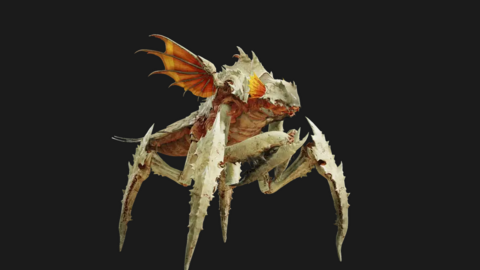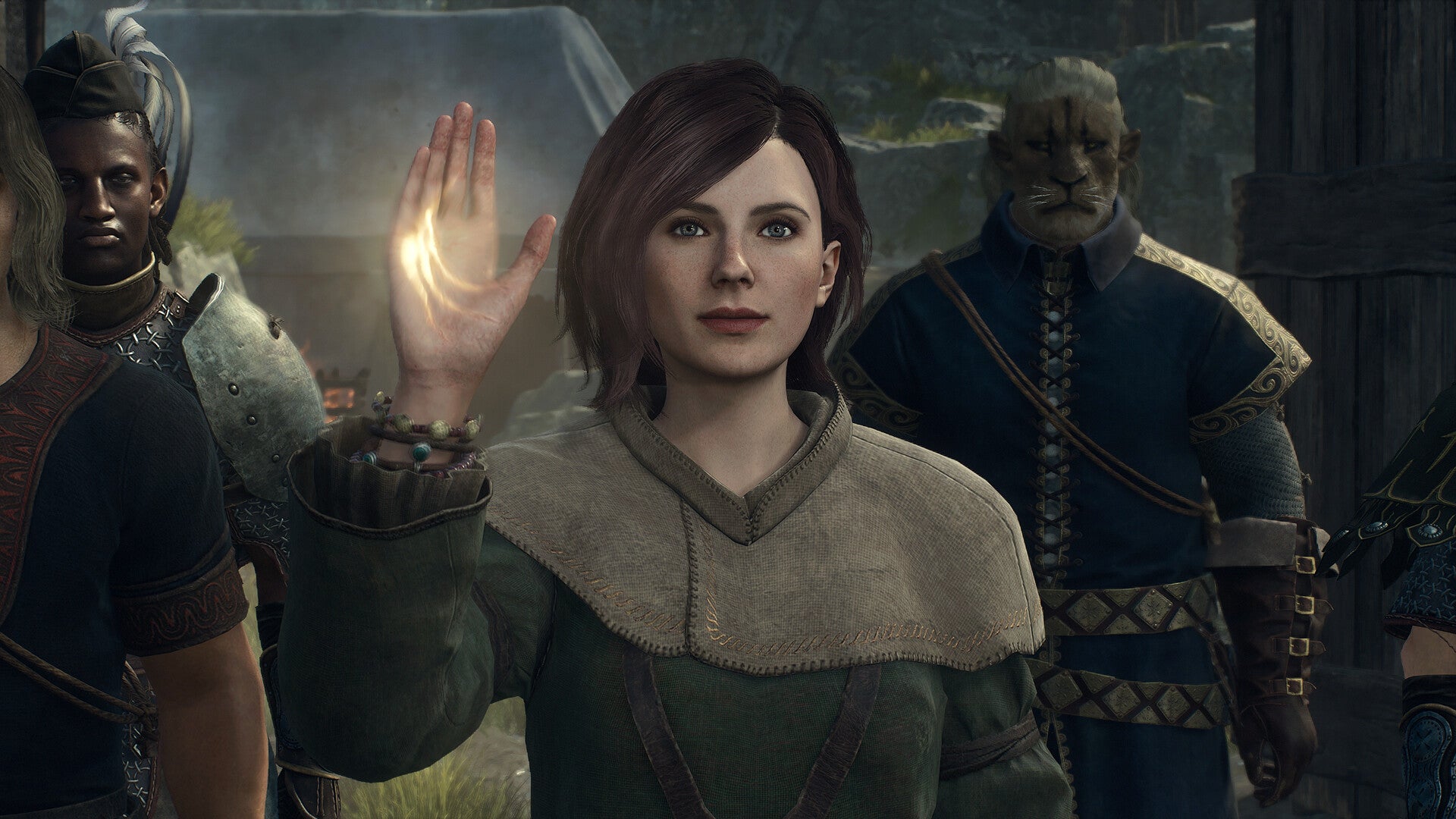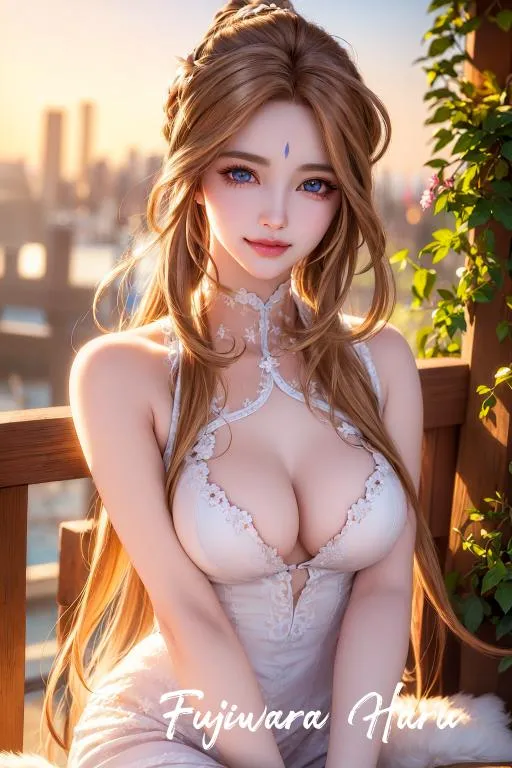Telling someone that you grew up on Goosebumps won't exactly give away your age. R.L. Stine has been writing these slim, preteen potboilers for so long now that his fan base spans multiple generations; if you were a kid anytime between the early '90s and this past summer, you might have memories of tearing through one of his junior horror yarns. You'd also fall somewhere in the range of demographics courted by the newest TV version of those books, a 10-episode series arriving on Disney+ and Hulu this month. Following the supernatural happenings experienced by a group of suburban teenagers and their parents, the show aims for some sweet spot between current trends and '90s nostalgia, as if hoping to capture the interest of anyone who ever read past the colorful cover of one of Stine's colorfully titled tales of monsters in small-town America.
The first episode begins in 1993, with Kurt Loder on a TV and the melancholy strum of R.E.M.'s "Drive" on a boombox. (As in another recent Stine adaptation, Netflix's Fear Street trilogy, expensive radio hits set the retro scene.) A teenage boy, Harold Biddle (Ben Cockell), dies in a fire, the flames releasing a cheesy skull-faced specter into the evening air. Only later will we get the full story, a tamer variation on Freddy Krueger's origins. Suffice to say, Harold will soon make like the bucket hat and mount a comeback.
Flash forward to present day. The ghost's target is a diverse, wholesome group of high-school friends in the fictional harbor town of Port Lawrence, all converging at a party thrown in the house where Harold died, which is filthy with the kind of stuff that gave a typical Goosebumps story its spooky hook: a haunted mask, a cursed camera, a jar of worms. Though the characters are played by actors noticeably in their mid-20s, they're as straight-edge and celebate as the younger kids Stine tended to write. It's a vision of teen life safe for a Scholastic (and Disney) audience.
Beyond the shoddiness of the effects work, none of this bears much resemblance to the more faithful, '90s Goosebumps show, low-budget after-school anthology that adapted many of Stine's 100-some-page reads. And though co-creator Rob Letterman also directed the first Goosebumps movie, starring an amusingly hammy Jack Black as Stine himself, the new series is much different than that antic Jumanji riff. This time, the source material has been shaped into a sprawling teen soap opera of buried familial secrets and chaste love triangles. Often, it's like Stranger Things with the point of reference shifted from Stephen King to the nearly as famous kid-lit author who's caught King comparisons his whole career.
For a while, the show at least loosely follows the trajectory of Stine, pulling from his early library of bestsellers as each character stumbles into a different supernatural predicament inspired by the books. We get evil clones, body-swap shenanigans, a Groundhog Day riff, a Tremors gloss. Letterman and co-creator Nicolas Stoller (The Muppets, Neighbors) try to connect the ghostly developments to the teens' emotional conflicts: an online troll (Ana Yi Puig) turns into a literal one, a young daredevil (Will Price) who shields himself from emotional pain becomes literally indestructible, and a football hero (Zack Morris) with everything riding on his performance gets Polaroid visions of calamity to come. The cast is earnest and likable – part Breakfast Club, part Scooby Gang.
But Goosebumps loses steam the more it dives into the buried transgressions of the kids' parents. The plot gets increasingly convoluted, driven by a vengeful apparition who can take over bodies and create hallucinations and exile characters to a doodled dream world. "It seemed like the past but felt like the future," one of the kids says after an astral time-travel excursion. "It's hard to explain." She can say that again! Holding things together, just barely, is Justin Long, who brings notes of comedy, pathos, and post-Barbarian villainy to his performance as a teacher at Port Lawrence High.
The pleasure of Goosebumps always lay in the simplicity of its adolescent thrills: The books were addictive cliffhanger machines whose punchy prose drew young readers quickly through them. That they weren't telling some grand narrative, that each story was self-contained, probably helps account for their enduring popularity. Because the characters didn't carry over, you could jump aboard the Goosebumps express at any point along the way. Television operates in a different way, and there's no reason to be overly reverent to a series of books churned out at a mercenary monthly clip by their author for literal decades. At the same time, Stine's body of work – his boilerplate tales of monster blood and evil dummies – might not be the best bedrock for a sprawling YA saga.
Teenage viewers could still get pulled into the melodrama, though. Who among them won't relate to the story of an older generation screwing things up for a younger one? For everyone else, nothing in the show will be as unnerving as the realization that early Goosebumps readers are now old enough to have Goosebumps readers of their own. It's enough to make you feel like those skeletons barbecuing on the cover of Say Cheese and Die!





